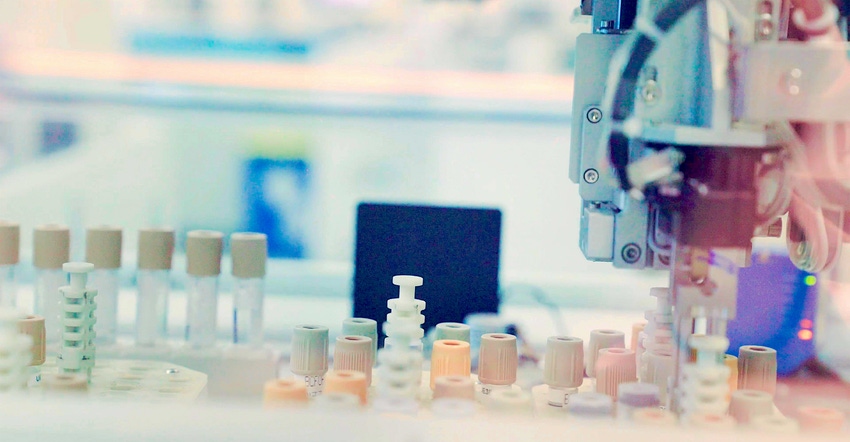Breakthrough: Volumetric 3D Printed Livers in Regenerative Medicine
Innovative 3D printing promises to deliver replacement human organs.

April Miller
3D printing has emerged as a major driver of innovation across industrial fields. In regenerative medicine, the technology has been applied to tissue engineering – potentially paving the way toward the bioprinting of entire organs.
This year, a research team successfully fabricated working livers for the first time using 3D bioprinting technology.
For biomaterials specialists and engineers, here’s what to know about recent developments in 3D bioprinting (and the potential implications these developments may have for regenerative medicine as a whole).
3D-Printed Liver Organoids Could Have a Transformative Impact
A research team, based at Utrecht University in the Netherlands, developed a new high-speed volumetric 3D printing method to create bioprinted livers.
The team’s printing method leverages optical tomography to carefully shape gelatin hydrogels that contain organoids – tiny, three-dimensional tissue cultures derived from stem cells. The organoids were tuned using optical tomography to mimic the function of liver cells.
By using a unique, nozzle-less, and unlayered approach to printing with the material, the team was able to minimize mechanical stress on the organoids. A more conventional 3D-printing approach could have damaged the organoids during printing.
The team found that the bioprinted organoids demonstrated many of the functions that the liver performs in the body, like the synthesis of albumin, an important protein, and toxin filtration processes.
The team believes the technology may open up “new possibilities for regenerative medicine and personalized drug testing.”
How 3D-Printed Livers Fit Into the Current Regenerative Medicine Landscape
This 3D-printed liver joins a number of other successful experiments in bioprinting – including 3D-printed ovaries, thyroid glands, and skeletal muscle-like constructs, complete with their own bioengineered nerves.
The early skeletal muscle-like constructs could yield similar benefits – primarily muscle function restoration in patients who need reconstructive surgery following major injury or illness.
These 3D-printed organs and structures could eventually replace donated organs for transplant patients.
In theory, because engineers can use a patient’s own stem cells to 3D print organs, these organs could be recognized by the patient’s immune system as its own, reducing the likelihood of rejection and potentially eliminating the need for transplant patients to take immunosuppressive drugs.
Follow-up treatments for transplant patients can be intensive, and complications like organ rejection can require hospitalization.
Many patients have difficulty accessing medical care easily, like those with mobility disabilities or the roughly 20 percent of Americans who rely on rural hospitals. 3D-printed organs could simplify transplants significantly and potentially reduce the frequency with which these patients need to travel for follow-up care.
The Evolving Bioprinting Industry
The success of the Utrecht team in creating a liver-like organ also demonstrates how quickly bioprinting is evolving. The team first demonstrated their volumetric printing technique in 2019, just three years ago.
Their work led to the founding of Readily3D, a manufacturer of volumetric 3D bioprinters. The business made headlines last year when the company announced it would join a European project to develop a living model of the human pancreas.
If successful, the model could help provide a deeper understanding of the organ, potentially accelerating research of conditions related to the pancreas, like diabetes.
Similar projects could help scientists eventually create living models of most human organs and biological systems, providing living references for researchers studying challenging health conditions like cancer and heart disease.
What the Future of Regenerative Medicine May Look Like
Right now, the healthcare industry and most related sectors are undergoing some major transformations. The lingering impact of COVID-19, ongoing supply chain disruptions, and serious labor shortages have all put a significant strain on healthcare and primed the industry for change.
Innovations in 3D-printed organs and tissues could soon have a transformative impact on regenerative medicine and healthcare as a whole. Recent experiments with 3D-printed organs may pave the way for future innovations in personalized medicine and regenerative medicine.
April Miller is a managing editor of design technology at ReHack Magazine, as well as a contributing writer at sites such as Open Data Science and the Society of Women Engineers.
About the Author(s)
You May Also Like





